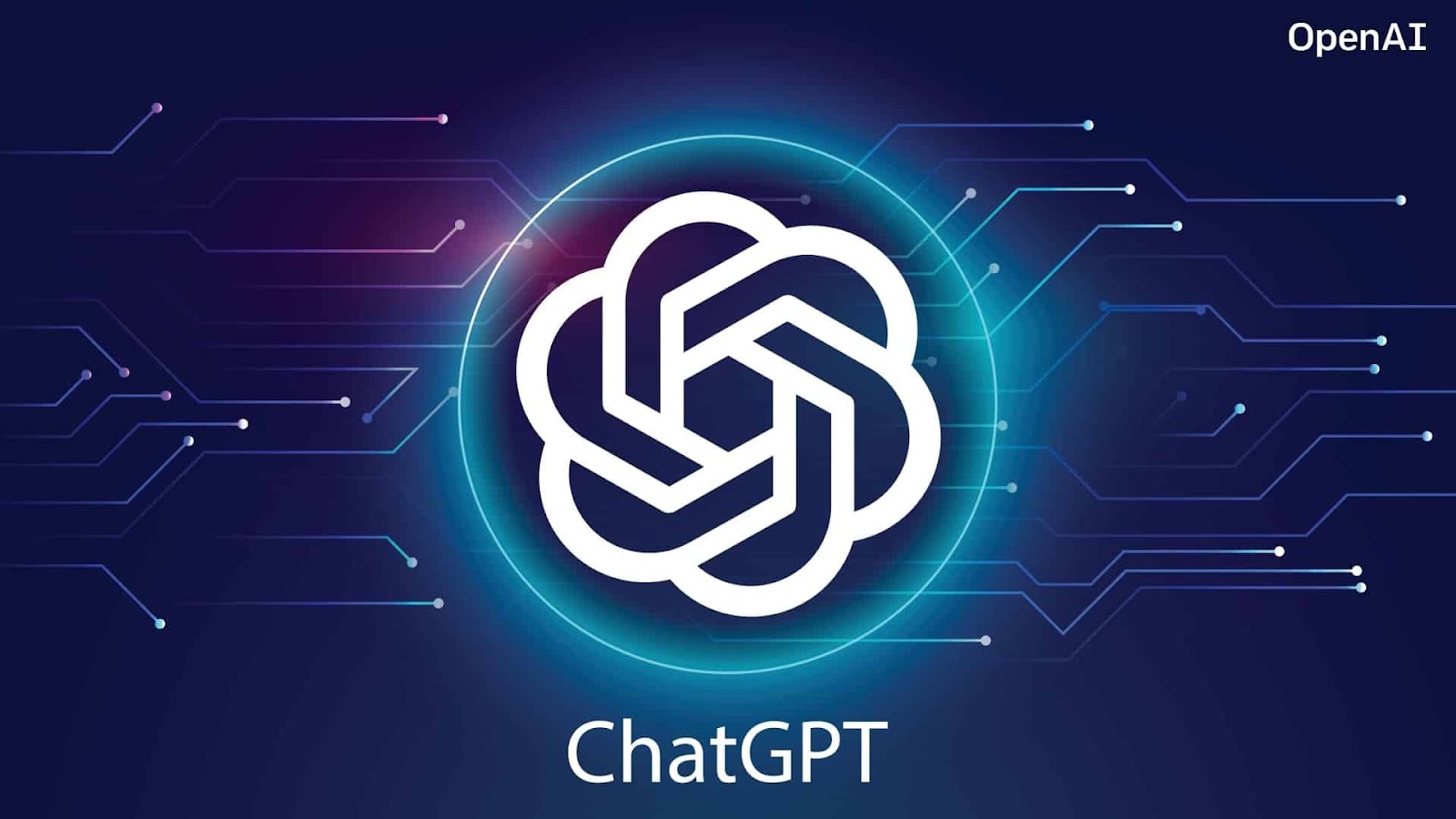Introduction :
As an AI language model, Chat GPT has revolutionized the way people interact with technology. It has become ubiquitous in various applications, such as chatbots, customer support, and virtual assistants. However, as with any technology, Chat GPT has its disadvantages, which can negatively impact its users. In this blog, we will discuss some of the major drawbacks of using Chat GPT.
Disadvantages/ Drawbacks :
Limited Contextual Understanding: Although Chat GPT is trained on vast amounts of text data, it lacks real-world experience and understanding of context. As a result, it may not always provide accurate or relevant responses. This is particularly true when the conversation veers away from its training data or involves a complex subject matter that requires domain-specific knowledge.
Bias and Misinformation: Another significant disadvantage of using Chat GPT is that it can perpetuate biases and misinformation. Since it is trained on massive amounts of data, including online content that may contain biased or false information, it may inadvertently reproduce such content. Moreover, the responses generated by Chat GPT may be influenced by the bias of the user or the dataset used to train the model.
Lack of Empathy and Emotional Intelligence: One of the critical drawbacks of using Chat GPT is that it lacks empathy and emotional intelligence. Chat GPT is designed to provide responses based on statistical patterns and rules, without understanding the emotional state of the user or the context of the conversation. This can lead to inappropriate or insensitive responses in situations where empathy is crucial.
Inability to Learn from Experience: Although Chat GPT can learn and adapt to new data, it lacks the ability to learn from experience. It cannot remember previous conversations or interactions with users, which limits its ability to personalize responses or remember specific preferences.
Limited Creativity: Although Chat GPT can generate novel responses, it lacks creativity and originality. It is limited to the patterns and data it has been trained on, which can result in repetitive or unoriginal responses. This can be particularly problematic when users require creative solutions or think outside the box.
Dependence on Data and Computing Power: Chat GPT requires vast amounts of data and computing power to function correctly. This makes it expensive and impractical for smaller organizations or individuals to use. Moreover, the reliance on data and computing power means that Chat GPT is only as good as the data and technology available to it.
Final Thoughts:
In conclusion, Chat GPT has several significant disadvantages, including limited contextual understanding, bias and misinformation, lack of empathy and emotional intelligence, inability to learn from experience, limited creativity, and dependence on data and computing power. Although Chat GPT has made significant advances in natural language processing, it is not a perfect solution, and its limitations must be taken into account. To mitigate these disadvantages, users must ensure that the data used to train Chat GPT is diverse, unbiased, and of high quality. Moreover, organizations should consider supplementing Chat GPT with human support, particularly in situations that require emotional intelligence, creativity, or domain-specific knowledge.



0 Comments